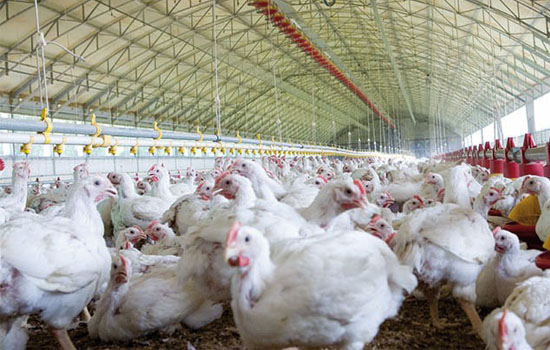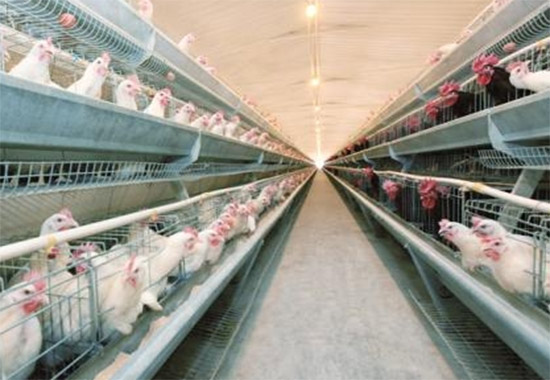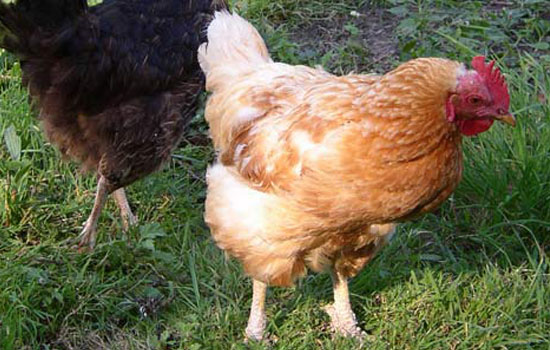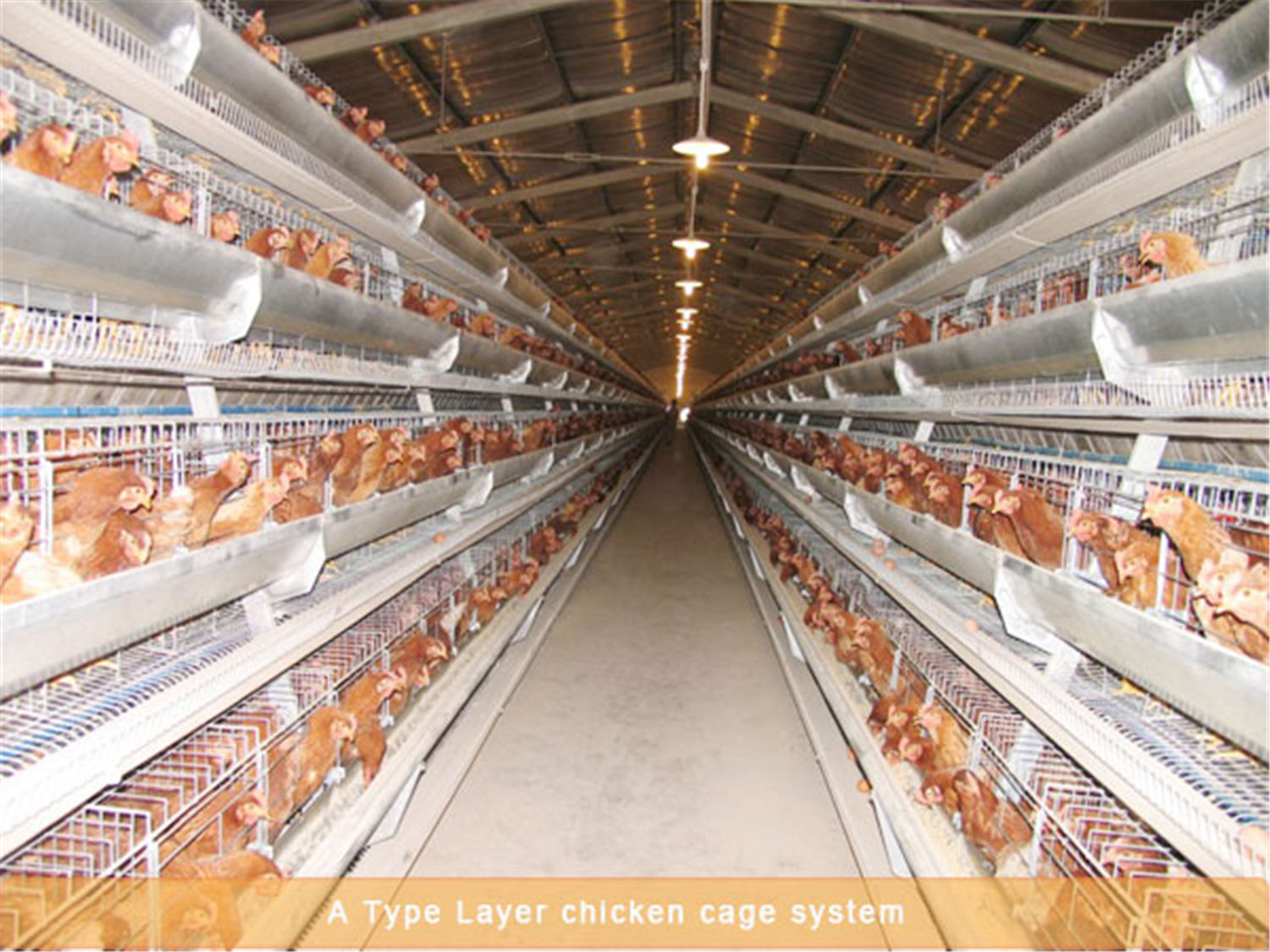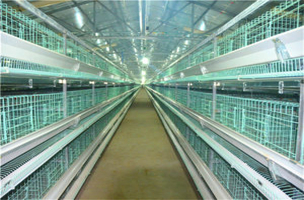Since the beginning of winter, with the temperature drop, the laying rate of many laying hens will be reduced to varying degrees, which will cause considerable losses to the breeders who have not been able to raise chickens. So how do you make the laying hens fully play their production performance in winter and spring, maintain stable and high yield, and then get good economic benefits?
1. Strengthen nutrition.
The weather is cold, the energy consumption of the laying hens increases, and the feed intake will increase accordingly. At this time, the laying hens should feed the compound feed with higher heat energy, and adjust the feed formula to enhance the ability of the laying hens to keep out the cold. Feed 4 to 5 times a day. Conditionally, let the chicken drink clean warm water. Many farmers increase egg production by adding 3% to 5% of the oil to the feed diet or by adding 0.2% choline chloride to the diet.
2. To enhance heating and insulation.
Laying hens have a higher egg production rate at 17-21 °C; when the temperature is lower than 5 °C, the egg production rate decreases; if the temperature is too low, the feed consumption will increase. Therefore, the appropriate temperature is the key to ensuring stable and high yield of laying hens. Before every cold current comes, we must carefully check the doors, windows, walls, etc., especially to prevent the invasion of thieves. If conditions permit, heating can be done through facilities such as coal stoves and floor heating stoves.

3. Strengthen ventilated take a breath
While doing a good job of heat preservation, be sure to pay attention to the ventilation of the chicken house. Many chicken farmers tend to pay attention to heat preservation and neglect ventilation, resulting in poor air flow in the house, harmful gases such as carbon dioxide and ammonia, and insufficient oxygen, causing strong stress on the chicken body, causing respiratory diseases, which in turn affect the chickens. Normal egg production. It is recommended to ventilate at noon with no wind and no wind.
4. To properly supplement the lighting.
Lack of light in winter, short time of natural light, easy to drop the rate of egg production.Therefore, artificial supplementary illumination should be adopted.Daily light should not be less than 16.5 hours, should pay attention to the daily light time can not suddenly increase, to gradually increase the light time, otherwise easy to cause rectocele.
5. To strengthen the epidemic prevention.
In the winter and spring, the high incidence of laying hens mainly includes chronic respiratory diseases, atypical Newcastle disease and infectious laryngotracheitis, so in the winter, the chicken houses should be disinfected regularly. Generally, it is carried out once every 5~7 days, and the disinfectant should be used in a cross rotation. The time is generally better at noon in normal weather. It is also possible to regularly put some heat-clearing and detoxifying Chinese herbal medicines for prevention; vaccination and weather changes should increase the number of electrolysis in drinking water for several days; at the same time, it should be immunized on time according to procedures to prevent other infectious diseases.
Note: be sure to clean the poultry battery cages in time to avoid bacteria breeding
6. It is necessary to clean the chickens in time.
In order to ensure the health of the flock and the high egg production rate in winter, the weak and low-yielding chickens should be eliminated in time to ensure that the flocks have higher uniformity and lower the ratio of eggs to eggs, thus creating higher breeding benefits.
